When I bought the car in 2007 they just fitted the Citroen version at the local dealer.
This carb was a bad choice because out of specs.
The car drove with dips in several rpm and I always had to drive it with choke on to get some drive-ability.
The original was gone else so I bought a second hand CIC Talbot but was badly warned and CO and acceleration jet where damaged.
I drilled the CO on a another point (Like the Citroen one) carefully not to danage other tunneling.
I replaced the axels because of leaking using material from Lada Carbs.
The carb was also bend so the sec valve did no fit good to produce the vacuum, and it was out of line for the progression holes.
I made the foot of the carb flat and produced a valve for the second hole from a bigger valve (Lada) and made it fit in the sec so it closed in the right angle to make it work again.
In experiments I made the 127.5 jet also 135.
The car runned a bit rich but no more holes in acceleration and top speed was possible without problems.
It took a lot of time but it was also a learning curve.
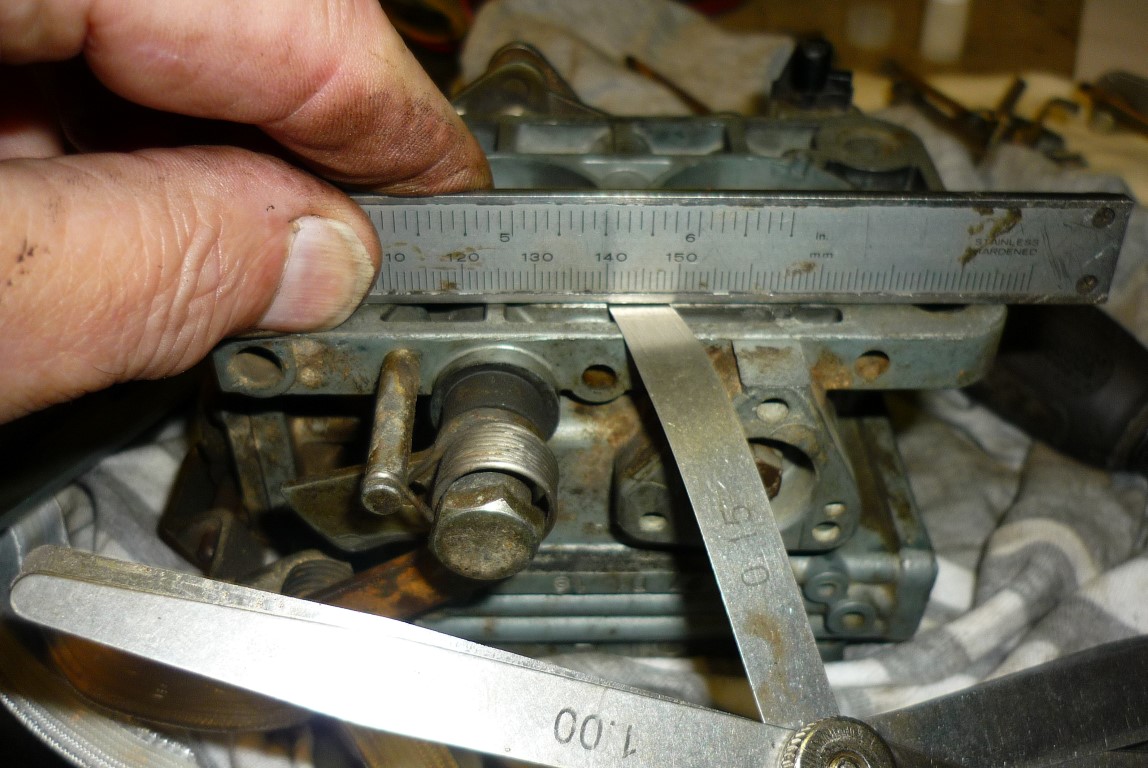
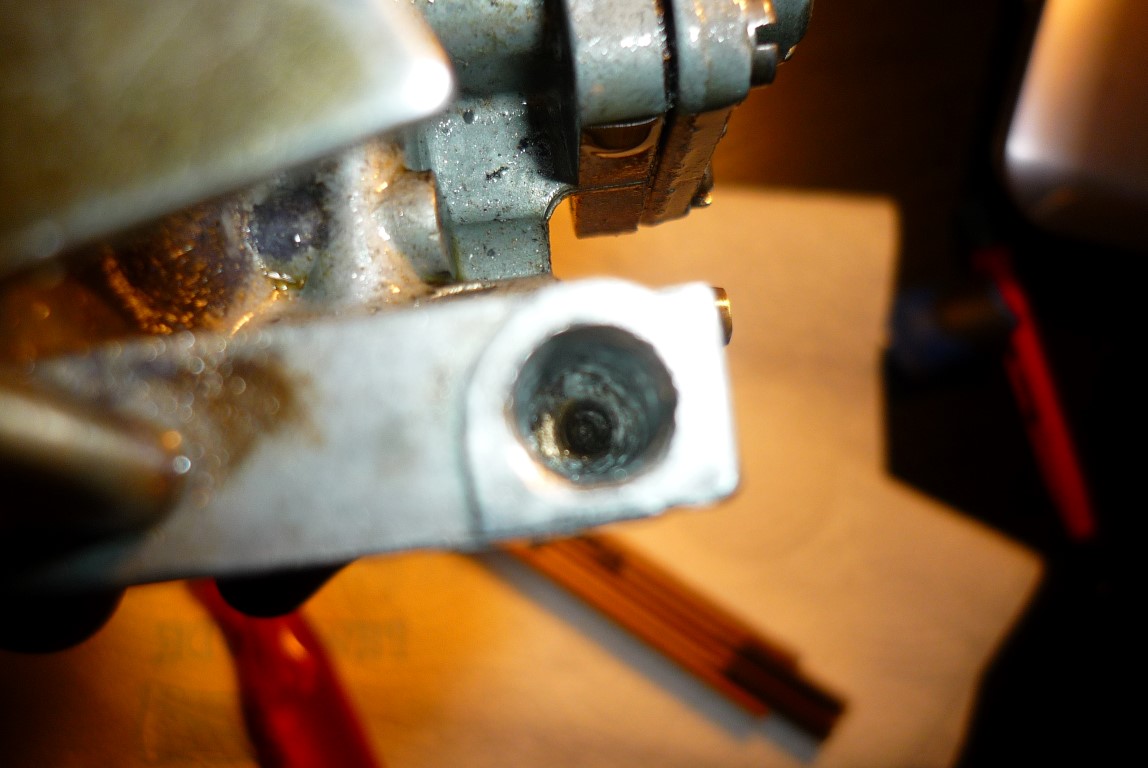
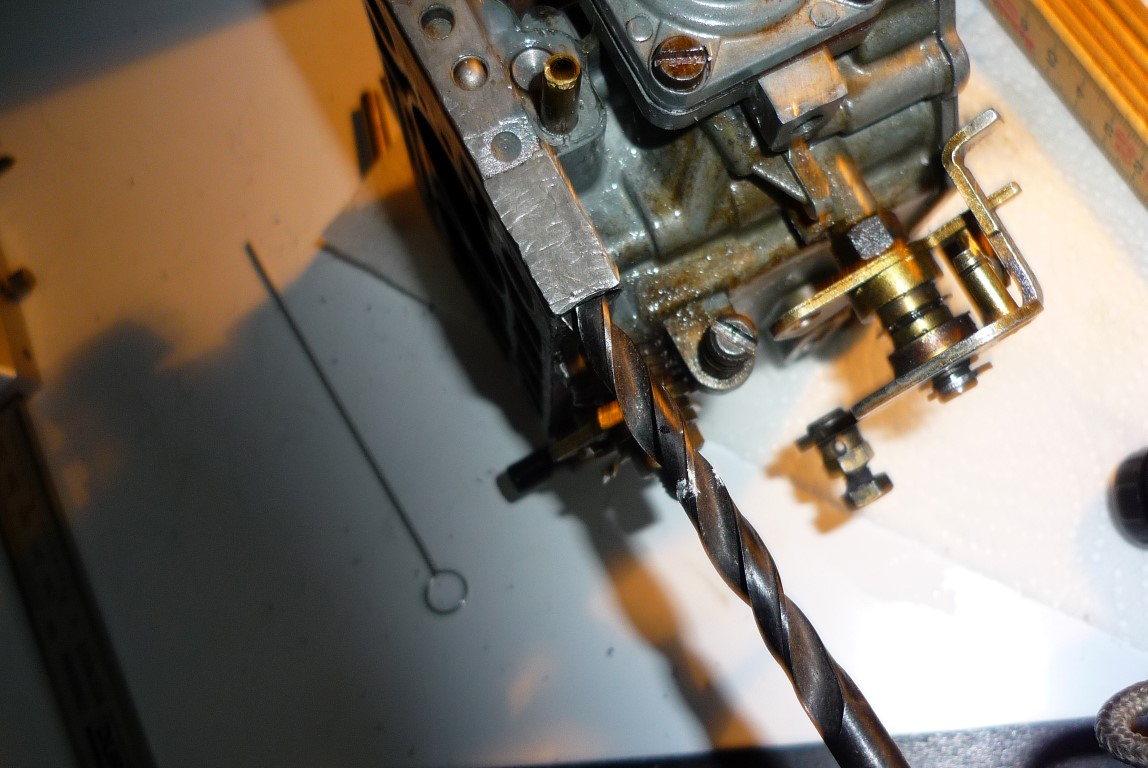
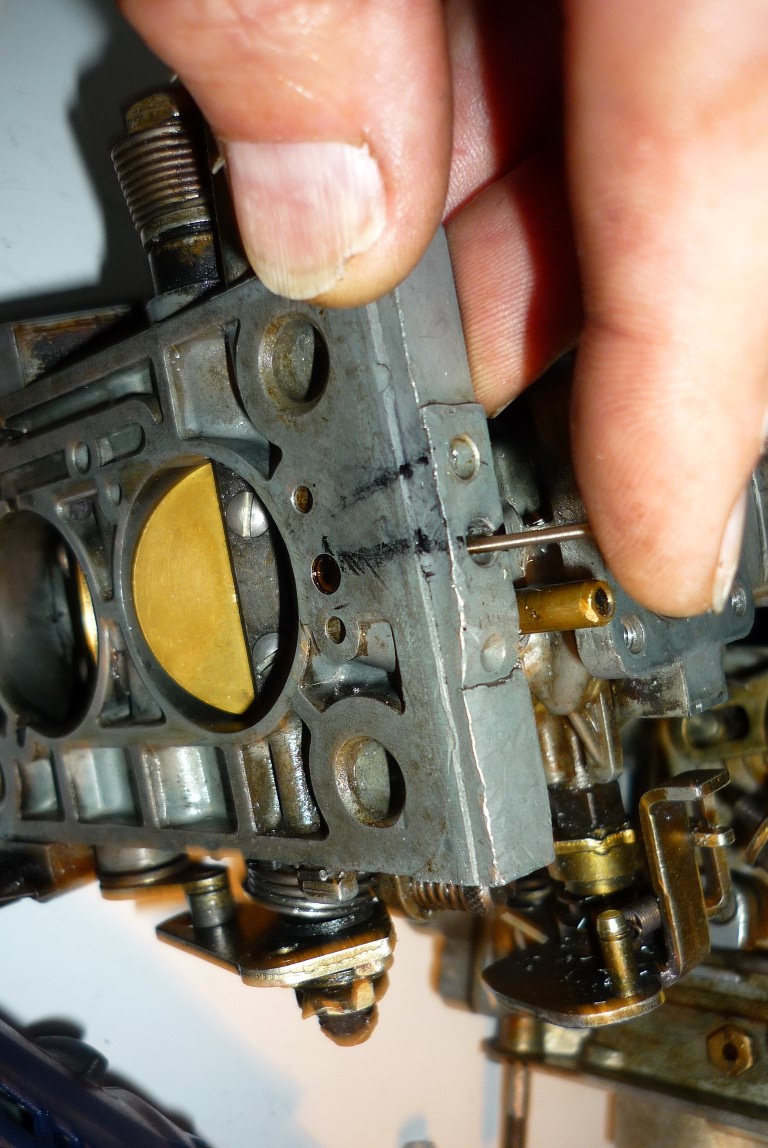
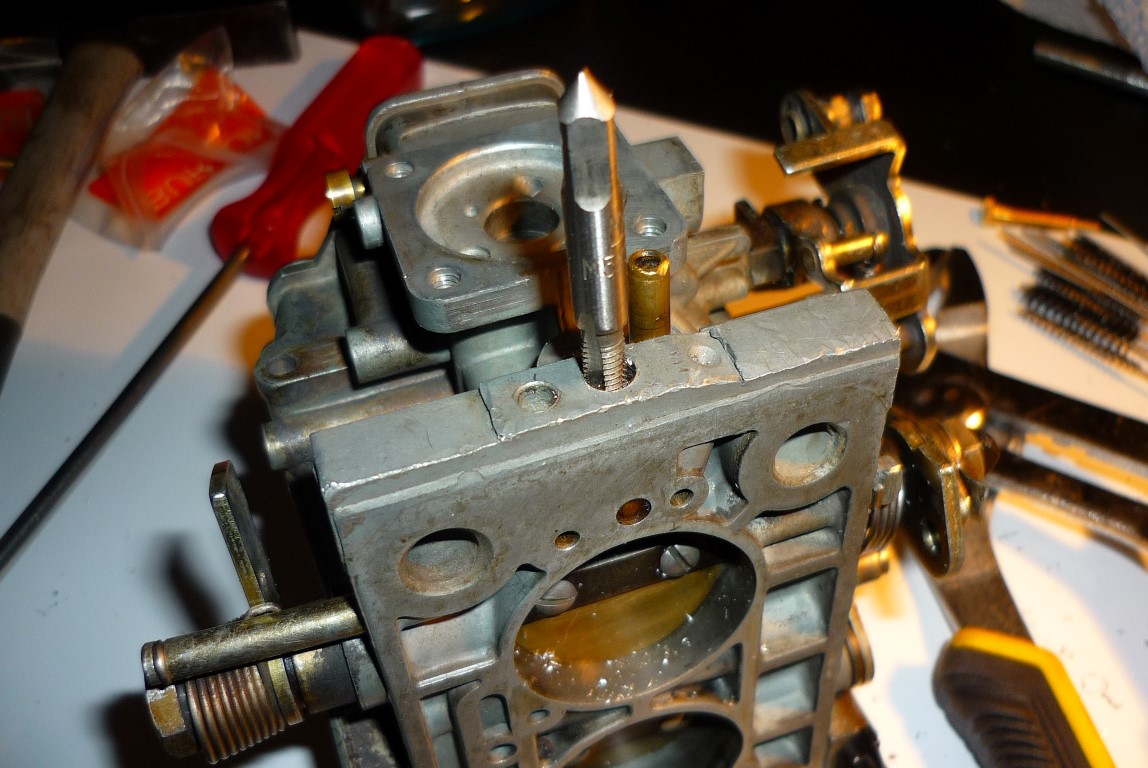

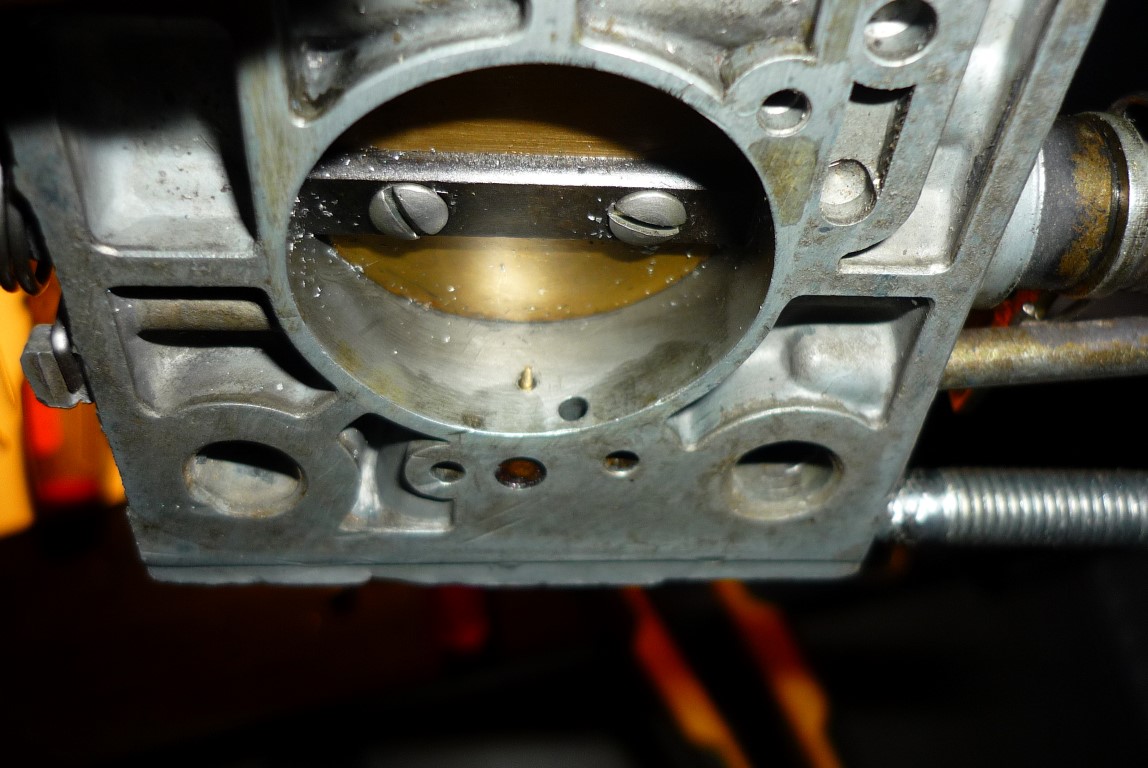
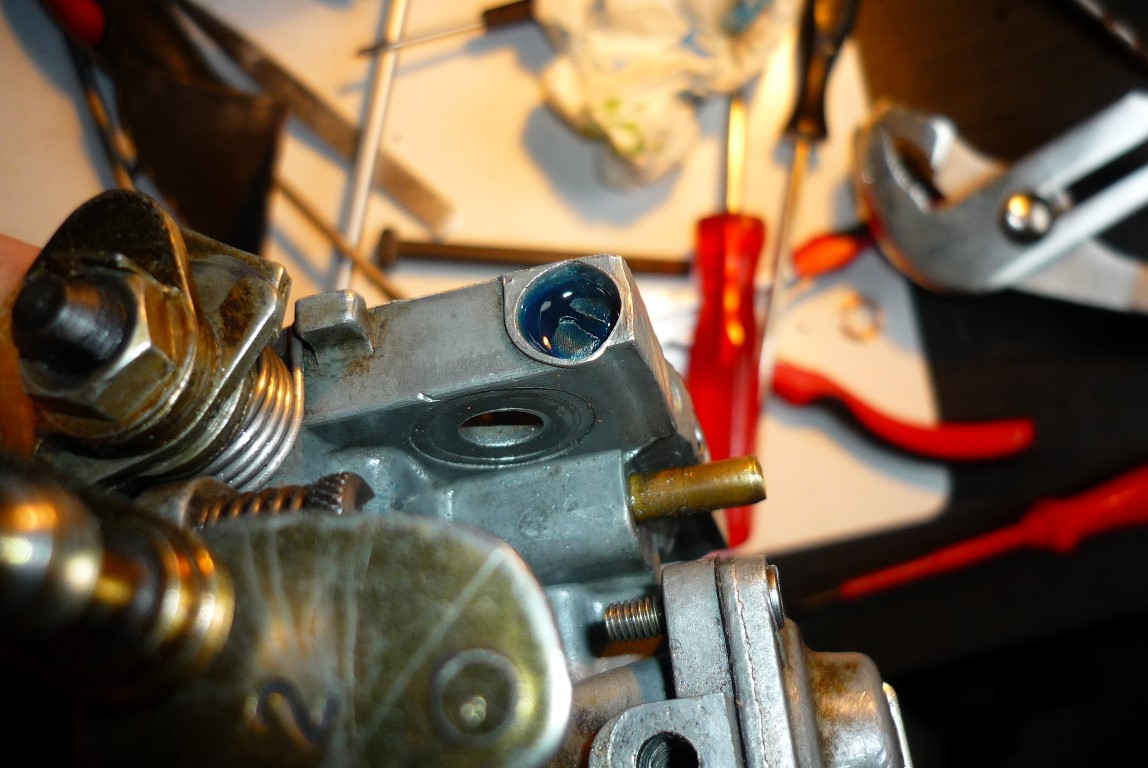
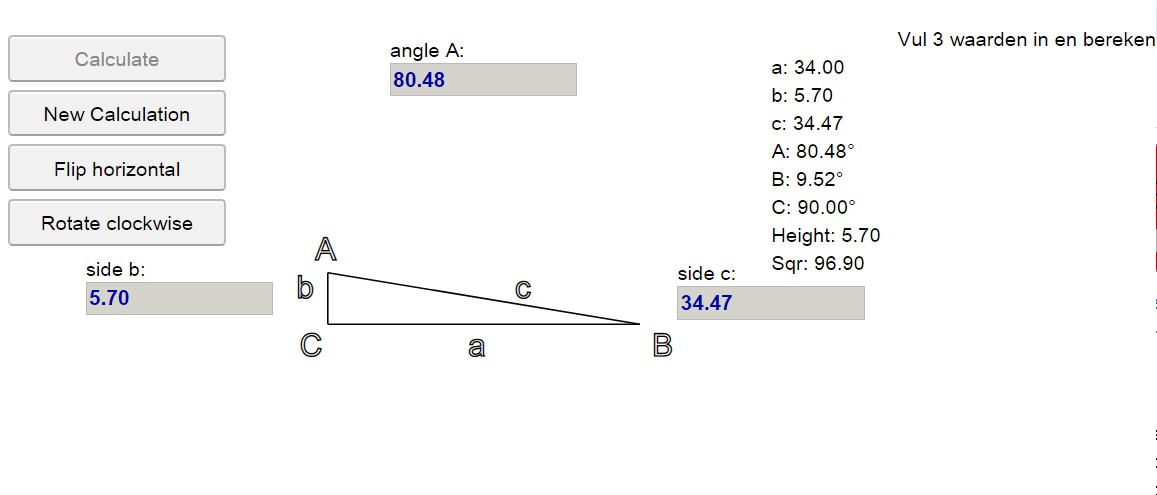
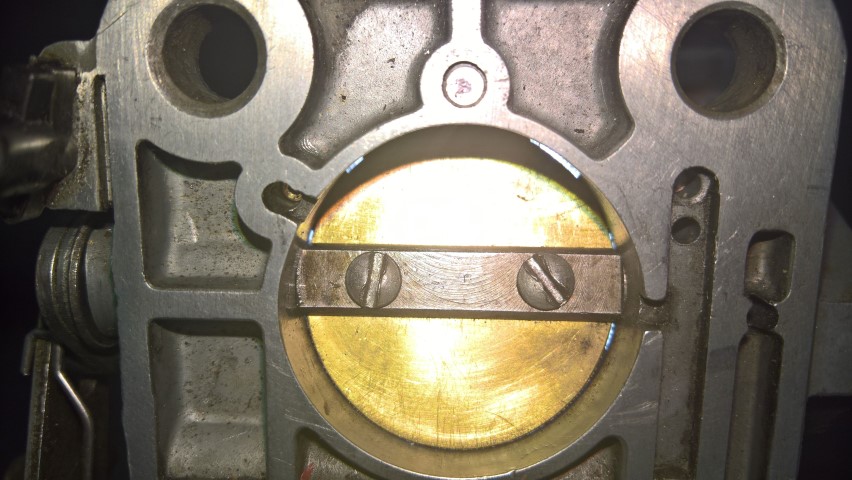
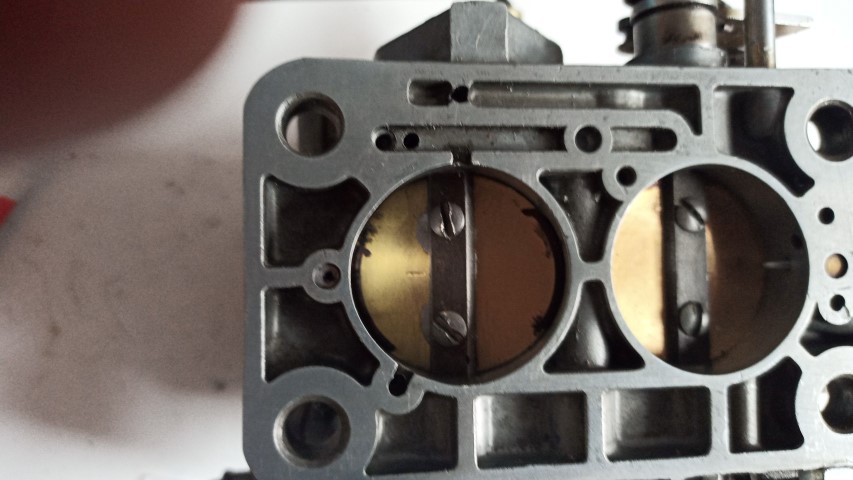
I know for sure that the original carb is the best way to go for the car but getting the setup right took me lots of time.
